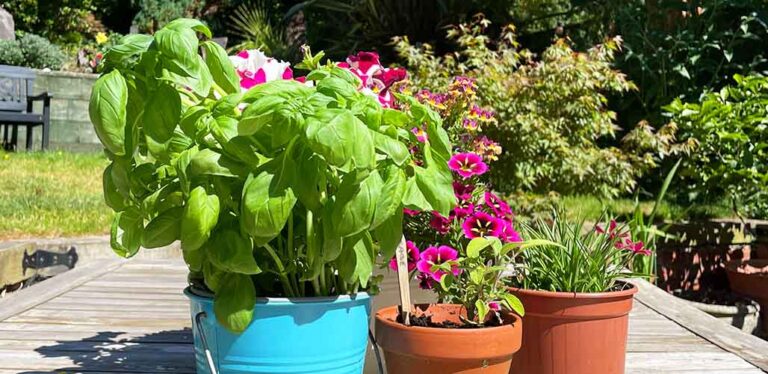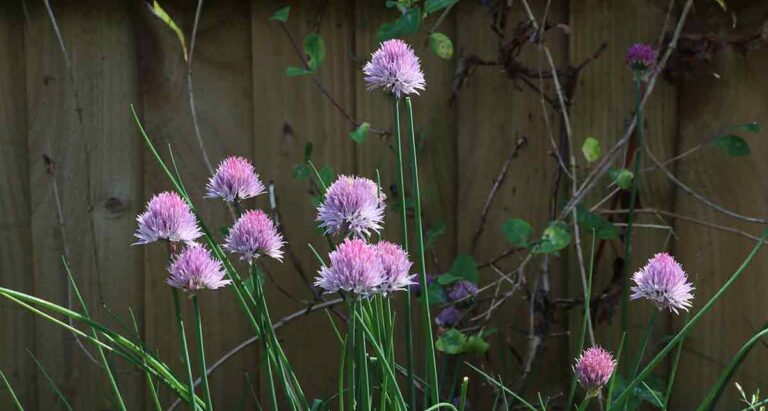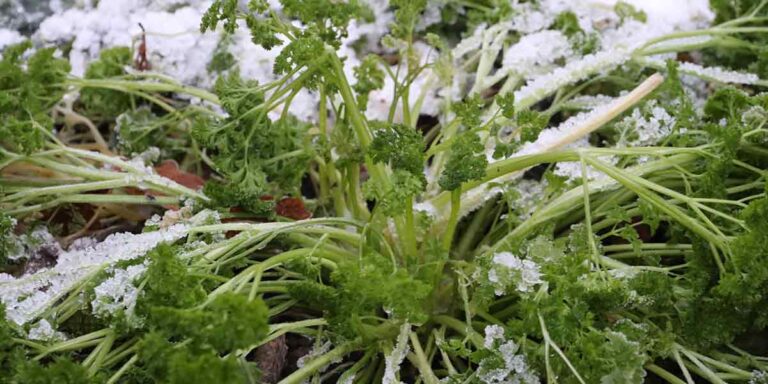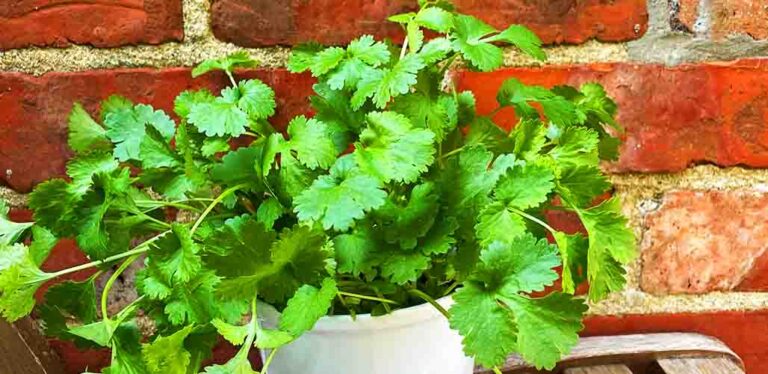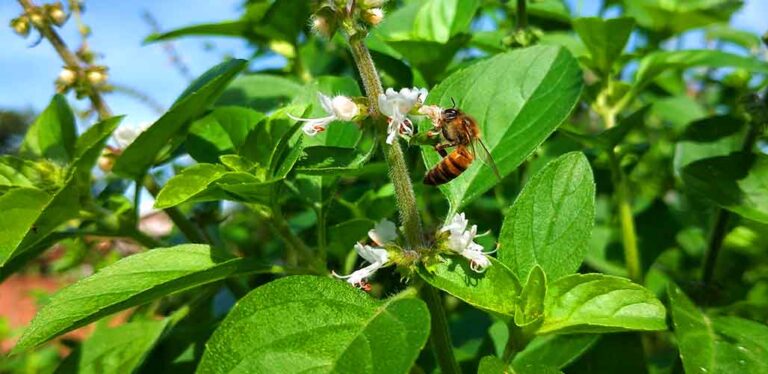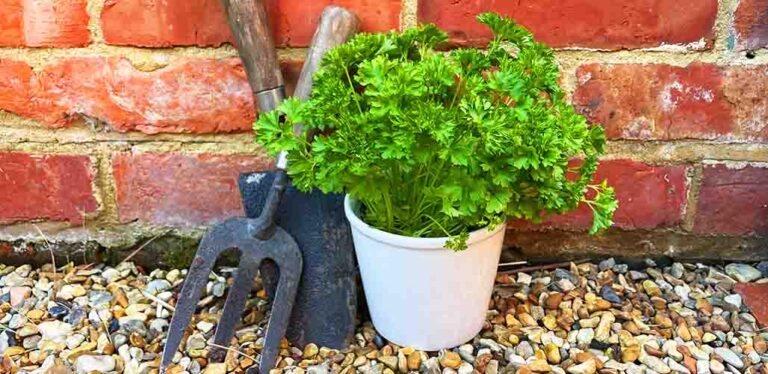Growing Dill From Grocery Store Cuttings
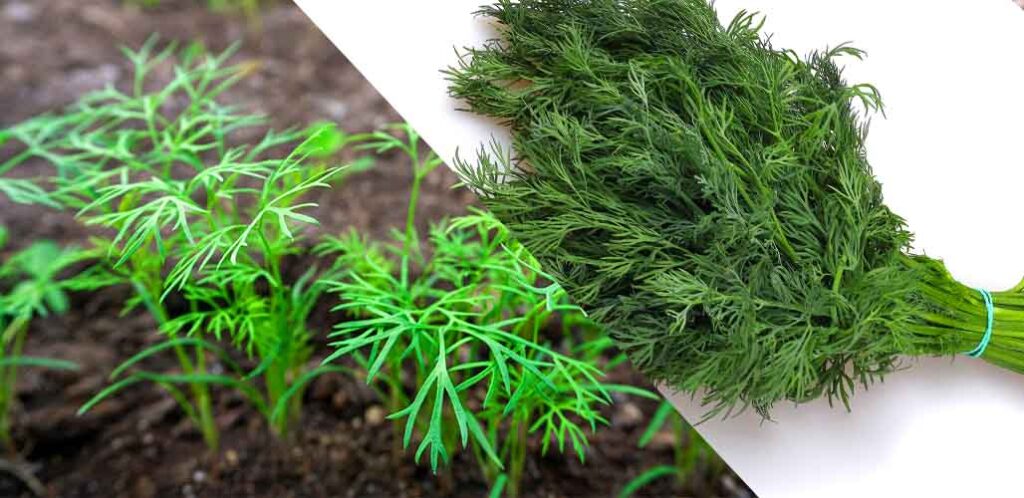
Dill is one of my favorite herbs. I love it with dish, and I have a frankly obsessive relationship with dill pickles. I grow some from seed every year in my garden, but I still find myself buying extra from the grocery store occasionally. In the past, I have even had some misadventures in growing dill from grocery store cuttings. I was lured in by social media videos which made the beginning of the process look oh-so-easy. But it turns out what you don’t see after the end of the videos is that dill cuttings will only make it part way through the propagation process, and then fail. Here’s why, and what to do instead.
Contents
Dill 101
- Dill (Anethum graveolens) was originally native to North Africa, the Arabian Penninsula, and Iran. Today it is grown all over the world as a herb for flavoring foods.
- It belongs to the same botanical family as carrots, celery, parsley and fennel. Wild dill grows up to 5’ tall, but smaller cultivars such as ‘Bouquet’ stop at just 12” tall.
- It’s usually a tender annual, which means new plants germinate from seed, flower and produce new seeds all in a single summer. Then the original plant dies off completely in winter, and the seeds produce new plants the following spring. Under some conditions it will grow as a biennial, and flower in the second year instead.
- Dill is a popular and unfussy choice for kitchen gardeners because it is largely pest resistant and disease free, and it’s harmless to pets.
- In the past, dill has been used as a traditional remedy for coughs and headaches. Dill oil was also used in traditional medicines as an antibacterial, antifungal and anti-inflammatory ointment.
- Dill’s umbelliferous flowerheads are beloved by beneficial insects because they are an easily accessible source of food.
Propagating dill
Dill plants are usually grown from seed sown directly into the soil where you want them to grow. Like their cousin the carrot, they put down a long, deep tap root, to access water deep below the soil surface. And just like carrots, they hate having that tap root disturbed. For example by transplanting young seedlings from cell tray to veg bed. Transplanting young dill plants tends to prompt them to ‘bolt’, meaning put up flower stems and run to seed prematurely. When they do this, it means they don’t make much foliage – the bit of the plant we actually want.

Established dill plants that are allowed to produce flowerheads towards the end of the growing season (at which point it’s actually pretty hard to stop them!) will self seed about, and leave a new generation of plants for you next year. But is this the only way?
Growing dill from grocery store cuttings
If you trim 4-5 inches of dill from a plant in your garden, and pop it in a glass of water to keep it fresh in the kitchen, then within a week or two you’re likely to notice roots appearing from the stem. It’s easy to mistake this for a sign that growing dill from grocery store cuttings is also possible. But alas, it’s not an effective way to propagate more dill plants, or turn your leftovers into future harvests. Here’s why:
- They probably won’t root.
- They definitely won’t regrow a new tap root.
- The roots they do will draw energy away from the leaves.
- They hate being transplanted.
They probably won’t root
Dill from the grocery store almost certainly won’t root. This is due to a combination of having been removed from their parent plant for so long, having been refrigerated, and having dried out too much or been damaged too much since they were harvested.
They definitely won’t regrow a new tap root
Even if they do produce roots, they are not the kind of root a dill plant would need to thrive. The roots coming from the stem are called adventitious roots – which means ‘forming from non-root tissues’. In this case, the steam are producing adventitious roots as stress reaction to having their main tap root removed. But they cannot regrow a new tap root. And so they will never grow as vigorously as a plant grown from seed, and they will always be more vulnerable to drying out.
The roots they do grow will draw energy away from the leaves
Rooting cuttings draw their energy from the plant, not the water or substrate they’re rooting in. This means the quality of the leaves for cooking with with decline, making the whole endeavor pointless.
They hate being transplanted
Even without a tap root to disturb, your cuttings will dislike being transferred from whatever you have rooted them in, and into their final home. Which means that even if you get this far, they could still disappoint you by throwing in the towel and wilting away. Unfortunately, it’s not possible to sidestep this problem by putting your cuttings straight into their final home. They need high humidity to prevent them wilting whilst rooting – higher than you can provide in open ground.
What to do instead
Growing dill from grocery store cuttings is almost certain to be a disappointing waste of time. But growing dill plants that do thrive, grow tall and bushy, and give you delicious harvests all summer long couldn’t be easier.
Dill seeds are cheap to buy online and from plant nurseries. Sow them directly into the soil where you want them to grow any time after the last frost date for your area, and before mid-summer. For a tidy veg bed you can sow dills seeds in neat rows. Or for an informal cottage kitchen garden feel, just scatter them about. Alternatively, sow them into a pot which is at least 12″ deep.
Either rake the soil lightly to submerge them, or sprinkle half an inch of compost on top of them. Water in with a fine rose on a watering can or hose, so as not to dislodge the seed, and keep the soil moist until they are well established.
Thin out seedlings when they get their first true leaves – you’re aiming for gaps of about 4” between plants. When you come to harvest leaves, avoid taking more than one third of the plant at a time.
What about those grocery store leftovers?
There are more practical and productive ways to use up leftover grocery store cuttings too. Why not chop them and freeze them in an ice cube tray? Or turn chunky leftover stems into crunchy pickles following the recipe in the video at the top of this page!
Growing dill from grocery store cuttings – summary
Dill is closely related to the carrot, and also relies on a deep tap root to thrive. Dill stems cut from the plant and placed straight into water will grow adventitious roots. But these are not sufficient to propagate a whole new plant. Cuttings from the grocery store are unlikely to even root, because they have been severed from their parent plant for so long. If you’d like to grow your own dill plants, do it from seed instead. They are one of the easiest herbs to grow!
Let us know your own tips for cutting out waste and using up all the leftover dill from the store using the comments box down below!

